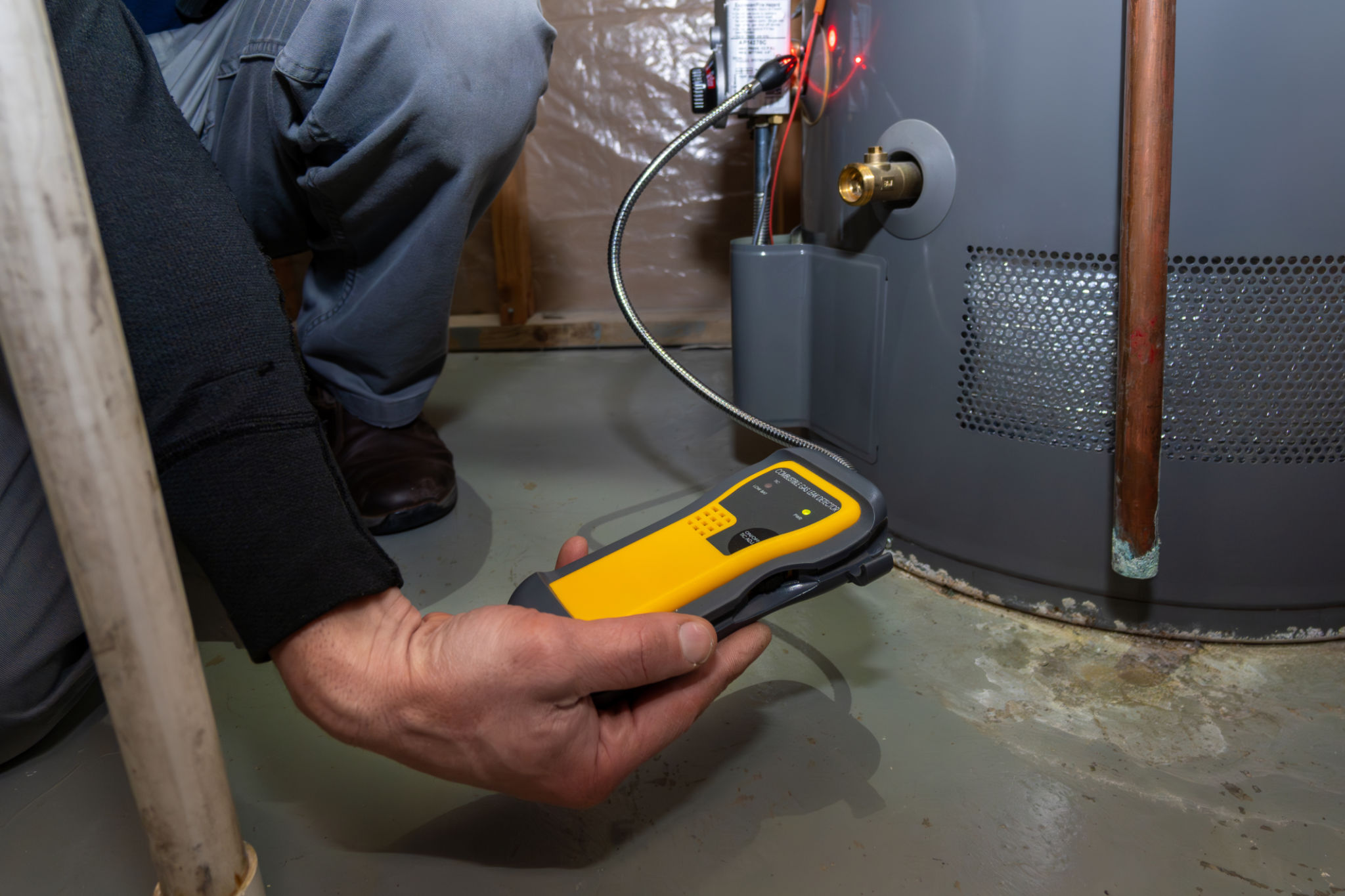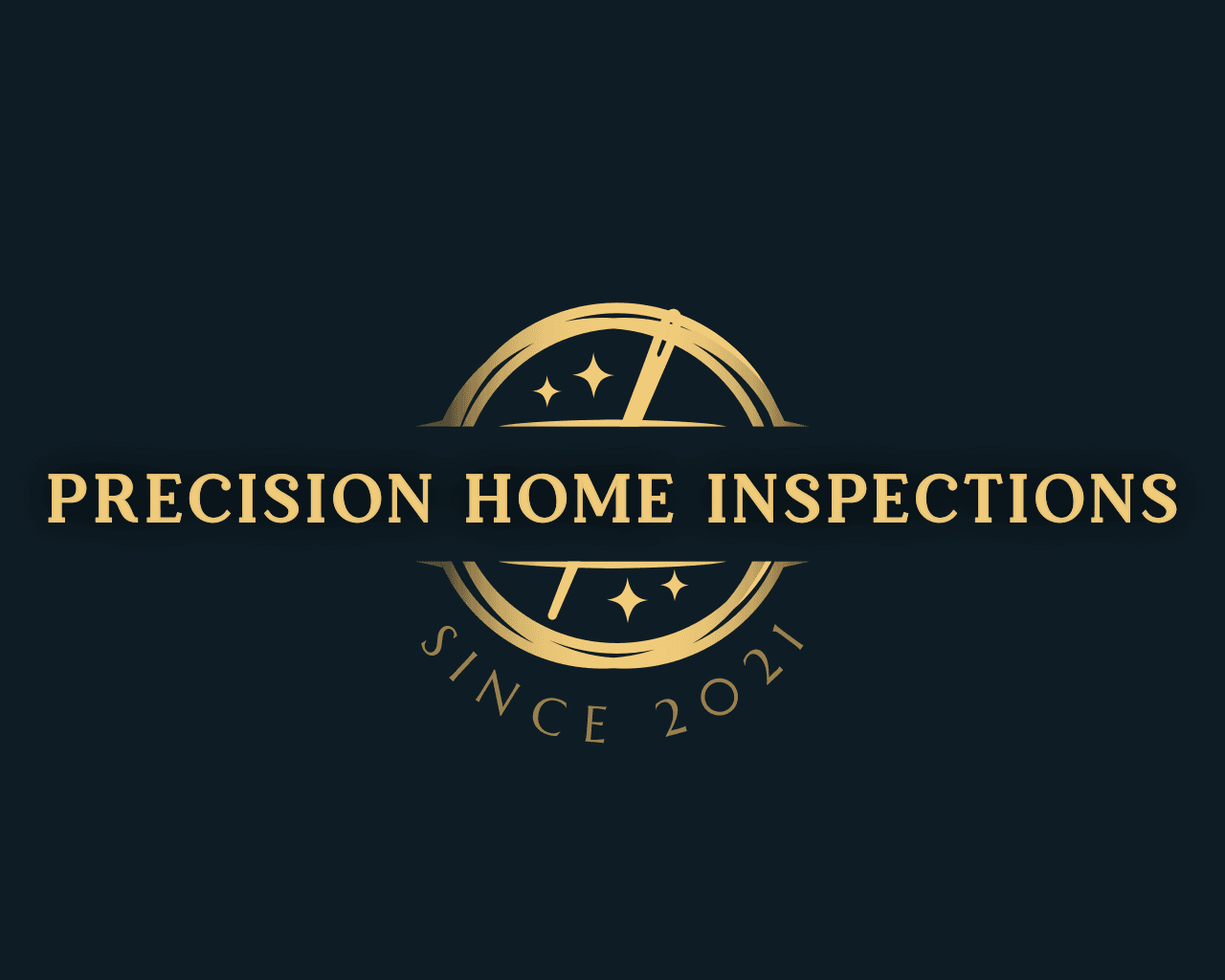DIY Home Inspection Tips: What You Can Check Before Calling the Pros
jk
Conducting a home inspection before calling in the professionals can save you time and money. While some issues require expert evaluation, there are several aspects of your home you can check yourself. Here are some DIY home inspection tips to get you started.
Exterior Inspection
Roof and Gutters
Start with a visual inspection of your roof. Look for missing or damaged shingles, and check for any signs of sagging or water pooling. Don’t forget to examine the gutters for debris buildup or signs of rust and damage. Keeping gutters clear helps prevent water damage.

Siding and Foundation
Walk around your home and closely inspect the siding for cracks, warping, or rot. These could be signs of moisture intrusion. Additionally, check the foundation for cracks or signs of settling. Small cracks might not be a concern, but larger ones could indicate structural issues.
Interior Inspection
Plumbing
Inside your home, inspect visible plumbing for leaks. Check under sinks, around toilets, and near appliances like dishwashers and washing machines. Look for water stains or discoloration on walls and ceilings, which could indicate hidden leaks.

Electrical Systems
Inspect electrical outlets and switches for signs of wear or damage. Ensure all outlets have cover plates and test GFCI outlets to ensure they’re functioning properly. Flickering lights or frequent breaker trips may require professional attention.
Heating and Cooling Systems
HVAC Maintenance
Check your HVAC system’s air filters and replace them if they are dirty. This simple step can improve air quality and system efficiency. Listen for unusual noises from your furnace or air conditioner, which could indicate a need for service.

Attic and Basement
Attic Inspection
In the attic, look for signs of moisture, which could indicate a roof leak. Check for adequate insulation and ventilation to ensure energy efficiency. Ventilation issues can lead to moisture buildup and mold growth.
Basement Inspection
Inspect the basement for signs of water intrusion, such as dampness, mold, or mildew. Check the sump pump for proper operation if your basement has one. Addressing water issues promptly can prevent larger problems down the line.

By performing a DIY home inspection, you can identify potential issues early and decide when it’s time to call in the pros. Regular inspections can help maintain your home’s value and ensure a safe living environment for you and your family.
